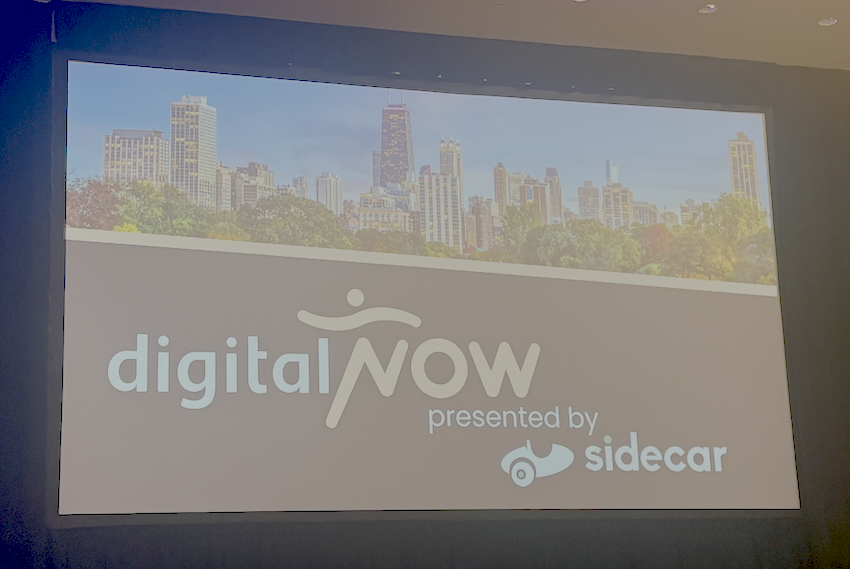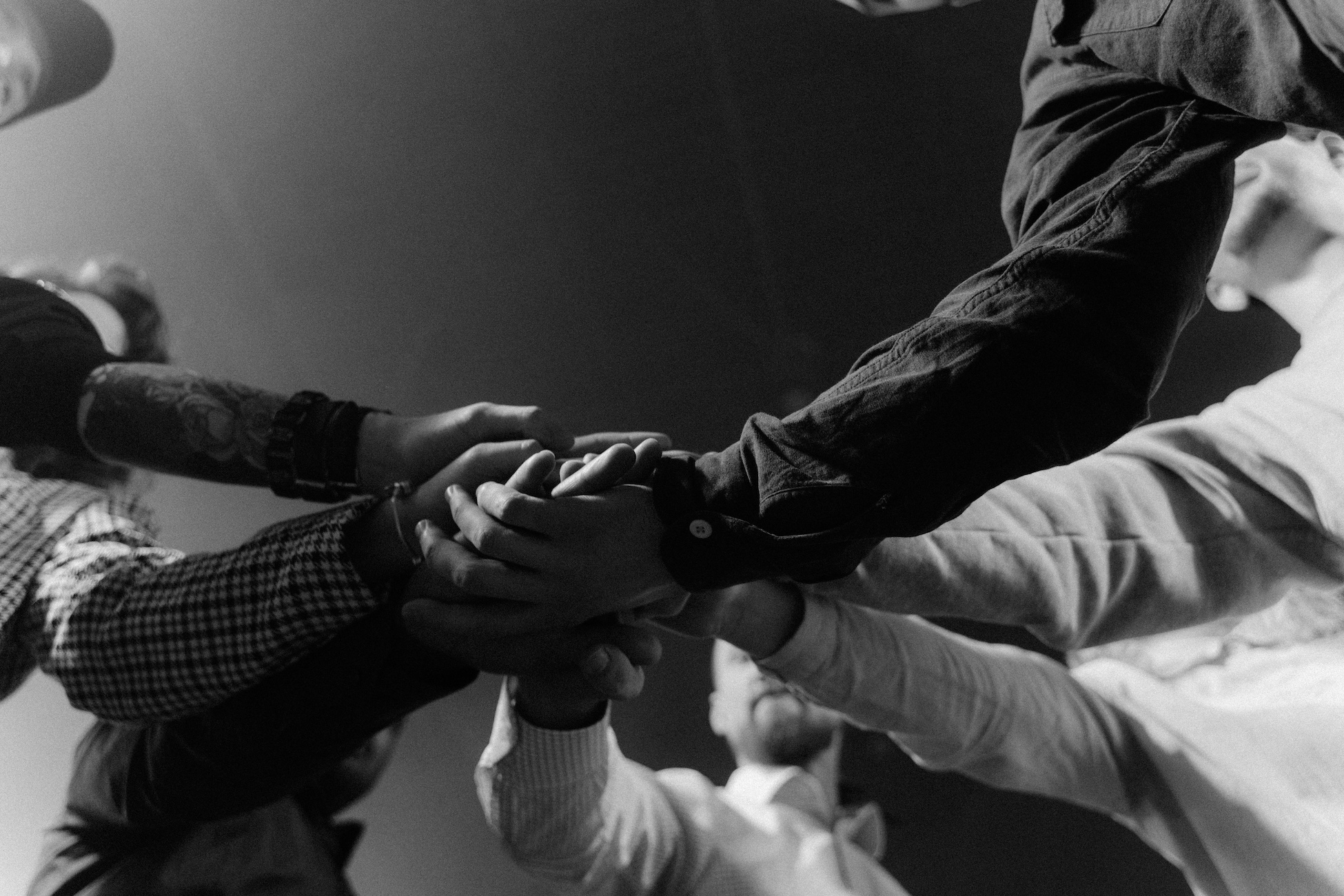In my last blog, I wrote about the premise of Brad Staat’s book, Never Stop Learning. Because the knowledge we need to successfully run our businesses keeps changing, he argues, we need to keep learning. We now operate in a learning economy, not a knowledge economy.
If we need to be continuously learning, then it’s critical for us to know how we and our teams can best learn. As it turns out, much of what we think we know about education is wrong. Here are a few of the many myths about learning:
LEARNING IS AN EVENT. We often schedule education as if learning is an event – a conference, a workshop or a training day – with a beginning and end, something we can check off the list. The research suggests that’s not true. Learning is a four-step process that begins when you’re exposed to new information, like when a speaker gives an educational presentation or when you watch an online course. But don’t stop there. We need to consistently re-expose ourselves and the people we’re training to the new information after we first hear it. When we only take in the information once, chances are it will quickly fade out of our short-term memory before we store it as knowledge and before we have the opportunity to apply it. Our brain is like a video tape that quickly gets recorded over if we don’t proactively work to hold onto new information through repetition.
LEARNING DOESN’T DRIVE RESULTS. The most common reason for this myth is simply that what most people call learning is only the first step of the learning process: Being exposed to new information. If you skip the other three steps, you’ll never truly learn something new, apply it to your business or experience the results.
LEARNING BELONGS IN THE CLASSROOM (NOT THE DEALERSHIP). Research shows us that people typically forget 90 percent of the information they are exposed to in a class within 30 days. The majority of this forgetting occurs within the first few hours after class. That’s because learning is a four-step process, and the classroom is just step one. And of course, the classroom is not the only place you can turn for new information. There are digital publications, books, podcasts, workshops, online courses, conferences and more. The real work involved in learning – and the real rewards – come when you take the information you’ve been exposed to, hold it up against what you’ve experienced in the past (step two), consider how it might apply to your day-to-day responsibilities in the future (step three), and then experiment with it in the dealership (step four).
NO TALKING IN SCHOOL. The truth is the exact opposite. When we discuss what we’re learning with others, not only do we create repetition, which helps us hold onto that information in our memory, but we have the opportunity to reflect out loud on how it applies to what we already know and have experienced, and how we might apply it moving forward. Those are critical steps in the learning process. BONUS: When you as a leader in your dealership talk about what you’re learning and how you might use it to improve and grow, you inspire and encourage others to consider their own learning opportunities.
CRAM FOR THE TEST. Cramming works great if it’s only important that you remember something for a short period of time. But if you want to hold onto it for the long haul (and maybe even USE what you’re learning at work), space out your repetition. Schedule a once a week practice of a key new process or strategy. Research shows that such repetition is needed even years after you’ve supposedly learned something “for good.” Even your most experienced team members can gain huge benefit from refresher classes.
TAKE YOUR SEAT, OPEN YOUR EARS. In reality, the more senses involved in your dealership education – such as seeing, hearing and touching – the more likely you and your team will remember it when it comes time to use what you’re learning. That’s why an audio recording is good, but a video is even better. And a course that involves not just video, but also activities, tests and homework is even more effective. Research suggests that if information is presented orally, people remember about 10 percent 72 hours after exposure. Add a picture and that percentage goes up to 65 percent. As a human, our vision is our most powerful sense. The more your training is a multi-sensory experience, the higher the chances you will retain it.
MRAA takes all of this to heart. We work with the experts to design in-person and online education, resources and tools available to you and your employees all year long. They are designed specifically to achieve REAL learning and drive REAL results. And we’re here whenever you need us to guide you along the way.




